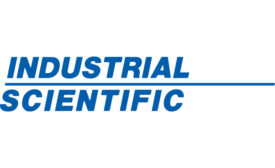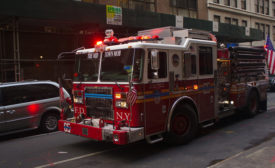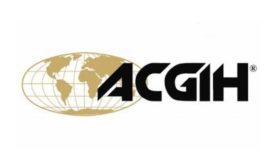Home » hazmat
Articles Tagged with ''hazmat''
Nosy neighbors help Washington crack a case of asbestos violators
Companies tried to avoid responsibility by creating "a legal web of confusion"
February 26, 2019
Industrial Scientific announces migration of iNet® to AWS
Leading gas detection solutions now with enhanced availability, performance, redundancy, and security through Amazon Web Services
February 21, 2019
From the NIOSH Director's desk
NIOSH shows its love for PPE by asking, “How clean is clean?”
February 5, 2019
AIHA supports HazCom Registry Preparation workshop
Course will be offered March 16-17 in Las Vegas, Nevada
January 25, 2019
Never miss the latest news and trends driving the safety industry
eNewsletter | Website | eMagazine
JOIN TODAYCopyright ©2024. All Rights Reserved BNP Media.
Design, CMS, Hosting & Web Development :: ePublishing








